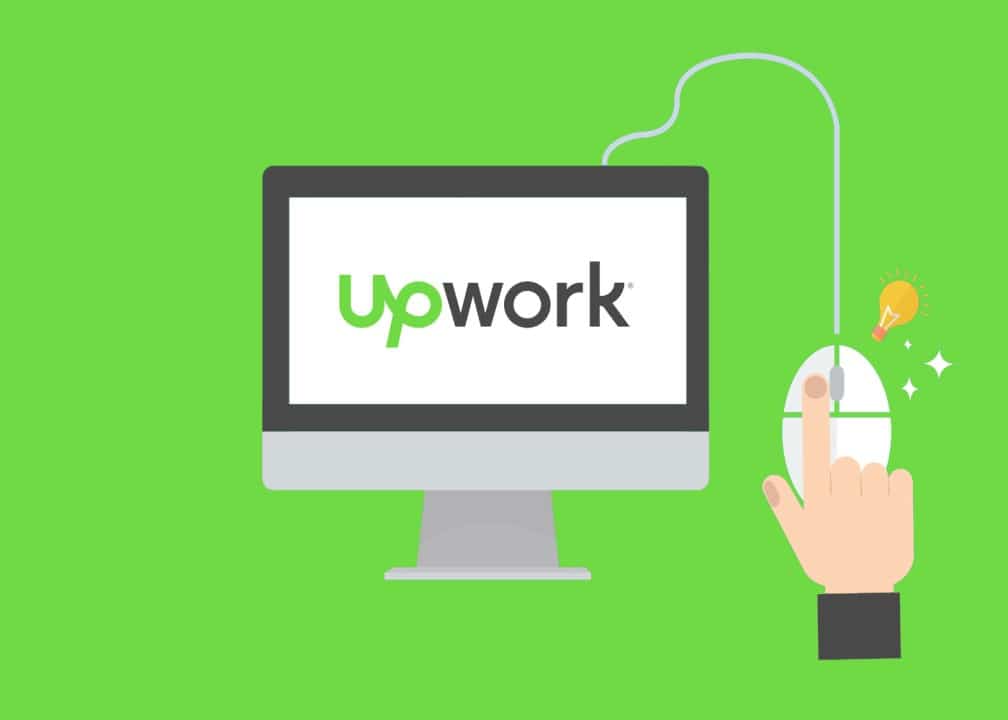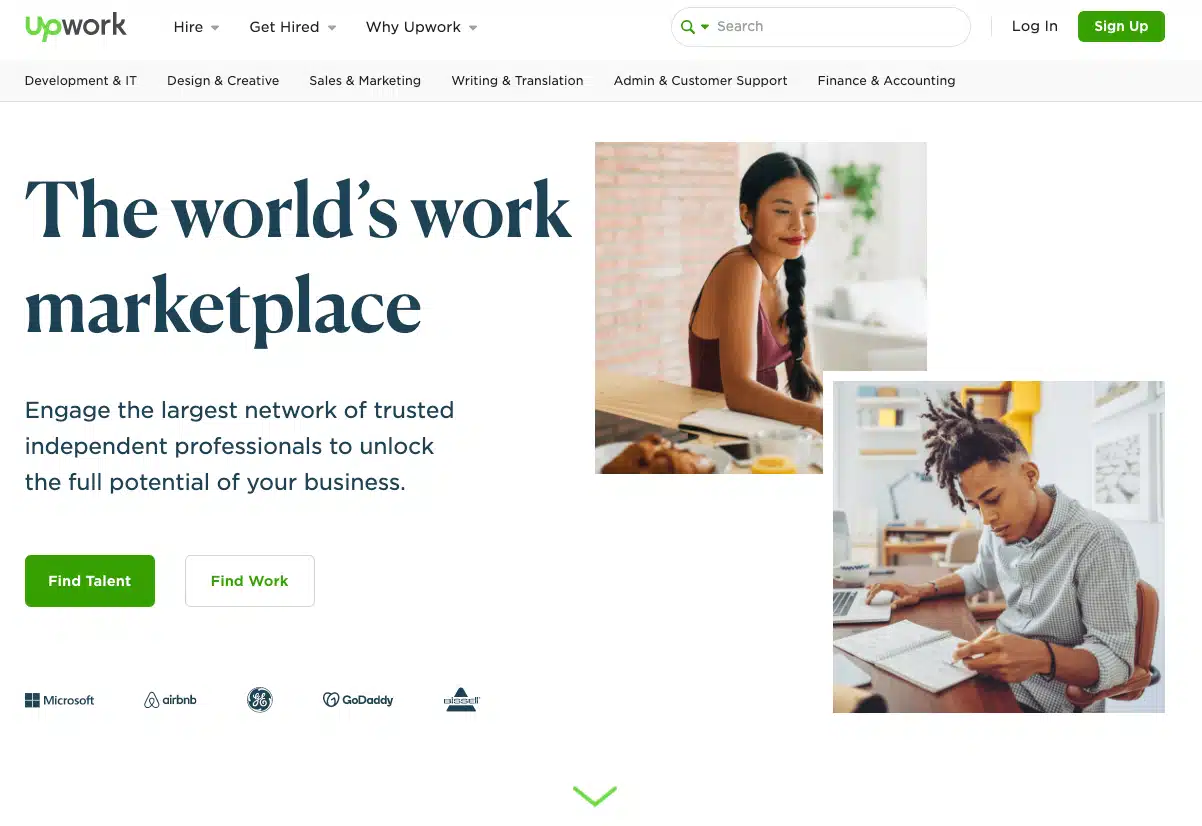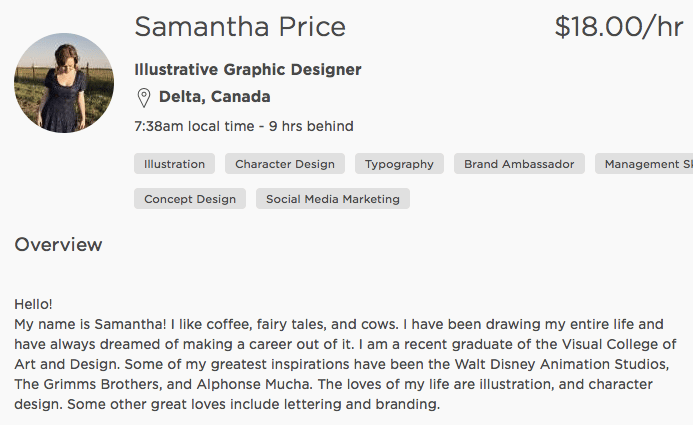You may make or break your career with the proposal you submit, so it pays to put in the time and effort required to get it right. The vast majority of authors accept the LAW OF AVERAGES theory, which states that increasing their chances of being hired by submitting several ideas (maybe even in the hundreds) is a good strategy.
This is something that I have done as well. When I first started out, back in the freelancing days, I put out hundreds of ideas over the course of three years and got almost no responses.
Contents
Where did I go wrong?
I had a standard form drawn up that detailed MY background, including education, work experience, and personal qualities. I thought that by impressing potential employers, I might win their business. Of course, I was unsuccessful.
What Has Changed?
Over the last decade, at least 90% of my ideas have made it beyond the first assessment (i.e., the potential customers have initiated contact to pose me a series of questions), 80% have progressed to the next level of negotiation (when we share expectations), and 60% have resulted in my being hired.
1. Dont Overdue Yourself
Focus on the client in your proposal. Reread the post and make a mental note of the things the customer wants. Don’t try to impress the customer with your superior abilities if they have no need for them. Think about how you would go about completing the tasks at hand. For a memoir, for instance, the customer may request that you include a Novice Level Editor in your offer. You should kick things off by letting them know that you’re a Novice Level Editor and that their Book needs your attention (in brief).
2. Questions Are a Must
ASK QUESTIONS to demonstrate that you have read the job posting thoroughly and that you require further information before submitting a comprehensive proposal. This is something I recommend doing since it shows the customer right away that you are trustworthy and meticulous. You are certain in your abilities and know they will go you far, but you also have the honesty to say that you will require a lot more data from the client.
3. An Engaging Portfolio
For me, this is the point at which a prospective customer decides whether or not to put their faith in you. Customers have made up their minds after reading only a few paragraphs of your content on whether or not to approach you.
Keep a stellar portfolio of your past work, but don’t give it everything to the customer at once. If you read points 1 and 2 carefully, you’ll know that the customer needs to see ONLY examples that are very similar to the job he or she is requesting. Create a folder on your desktop and save your samples. There are clearly named folders.




